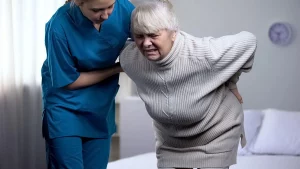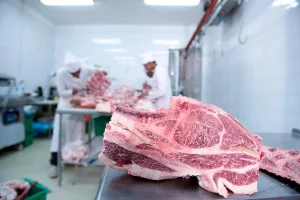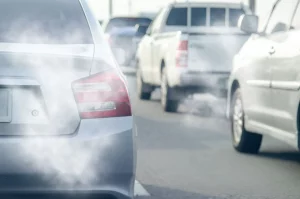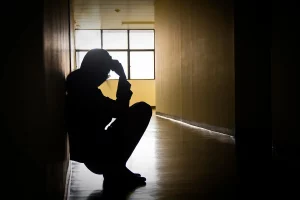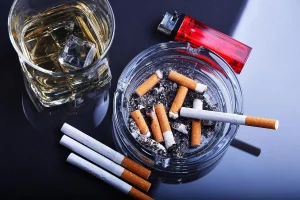The first wave of girls to receive the HPV vaccine are much less likely to contract or die from cervical cancer than women just a few years older, a new study reports.
Nearly all cases of cervical cancer are caused by human papillomavirus (HPV), for which a vaccine has been available since 2006.
Cervical cancer deaths and cases have fallen dramatically among 14- to 24-year-old women, particularly compared to those between 25 and 39 years of age for whom the vaccine wasn’t available in childhood, according to findings published Nov. 29 in JAMA Pediatrics.
“The data is beautiful because it shows us what to expect when we get everyone vaccinated. It’s proof that it works,” said Dr. Kathleen Moore, an associate professor and gynecologic cancer specialist with the University of Oklahoma Stephenson Cancer Center in Oklahoma City.
For the study, researchers led by Tara Tabibi of Saint Louis University School of Medicine and Dr. Justin Barnes of Washington University School of Medicine in St. Louis compared cervical cancer cases and deaths from 2001 to 2005 — the years just prior to the vaccine’s approval — with those from 2010 to 2017.
Since the vaccine went on the market, cervical cancer deaths have declined by 43% and cases by 38% in females between 15 and 24 years of age, researchers found.
By comparison, cervical cancer deaths actually increased on average about 4% in women between 25 and 29 and declined by about 5% in women in their 30s.
Cases fell by 16% for those between 25 and 29 and by 8% for those in their 30s.
Cancer experts expect that cervical cancer cases and deaths also will begin to decline in those slightly older age groups as the girls who have been vaccinated against HPV grow older.
“It will be more dramatic because cervical cancer is not common at all in very young women in their 20s. It’s much more common in the 30s and again in the 50s,” said Debbie Saslow, managing director of HPV and gynecologic cancers for the American Cancer Society.
Saslow said there also should be a decrease in the other five cancers caused by HPV — throat, anus, penis, vagina and vulva.
Moore also expects that as HPV vaccination becomes more common, women will have to endure less screening and procedures related to cervical cancer prevention.
“Hundreds of thousands of women have to go through this hamster wheel of constantly having their cervix looked at,” Moore said. “Once they’re vaccinated, we’re not going to have to see anywhere near that rate of what will be unnecessary procedures.”
Experts hope studies like these prompt parents to get their kids vaccinated against HPV.
About 85% of people will get an HPV infection in their lifetime, according to the U.S. Centers for Disease Control and Prevention. The disease is sexually transmitted.
The CDC currently recommends that boys and girls get the two-dose vaccine at ages 11 and 12, although they can be started at 9. That’s so the kids will get the maximum protection against HPV when they eventually become sexually active, Saslow and Moore said.
“You don’t wait until somebody’s been exposed to a virus before you protect them,” Saslow said. “You don’t wait until your kid’s already come home from a bike trail to tell him to put his helmet on.”
At this point only half of teenagers are up to date on the HPV vaccine, while about 66% have received the first dose to start the vaccine series, the CDC says.
“Not only do we need to get people vaccinated, but we need to get people vaccinated on time. Too many people are waiting,” Saslow said. “Because so many people focus on sexual transmission, a lot of parents when their children’s doctors say ‘OK, it’s time for the vaccine,’ they say, ‘No, my child’s not sexually active yet.'”
The scheduling of the HPV vaccine at ages 11 and 12 also comes into conflict with the schedule for the tetanus/diphtheria/pertussis (Tdap) and meningococcal vaccines, Saslow said. Parents who don’t want their kids getting too many shots at once are inclined to hold off on the HPV vaccine in favor of the other two.
That’s why the American Cancer Society and the American Academy of Pediatrics have been promoting an earlier schedule for the HPV vaccine, with kids receiving the two-dose series at 9 and 10, Saslow said.
“Then when they come back at 11, they have HPV done and it’s more effective when you give it earlier,” Saslow said.
More information
The U.S. Centers for Disease Control and Prevention has more about HPV vaccination.
SOURCES: Kathleen Moore, MD, associate professor and gynecologic cancer specialist, University of Oklahoma Stephenson Cancer Center, Oklahoma City; Debbie Saslow, PhD, managing director, HPV and gynecologic cancers, American Cancer Society; JAMA Pediatrics, Nov. 29, 2021
Source: HealthDay
Copyright © 2025 HealthDay. All rights reserved.










